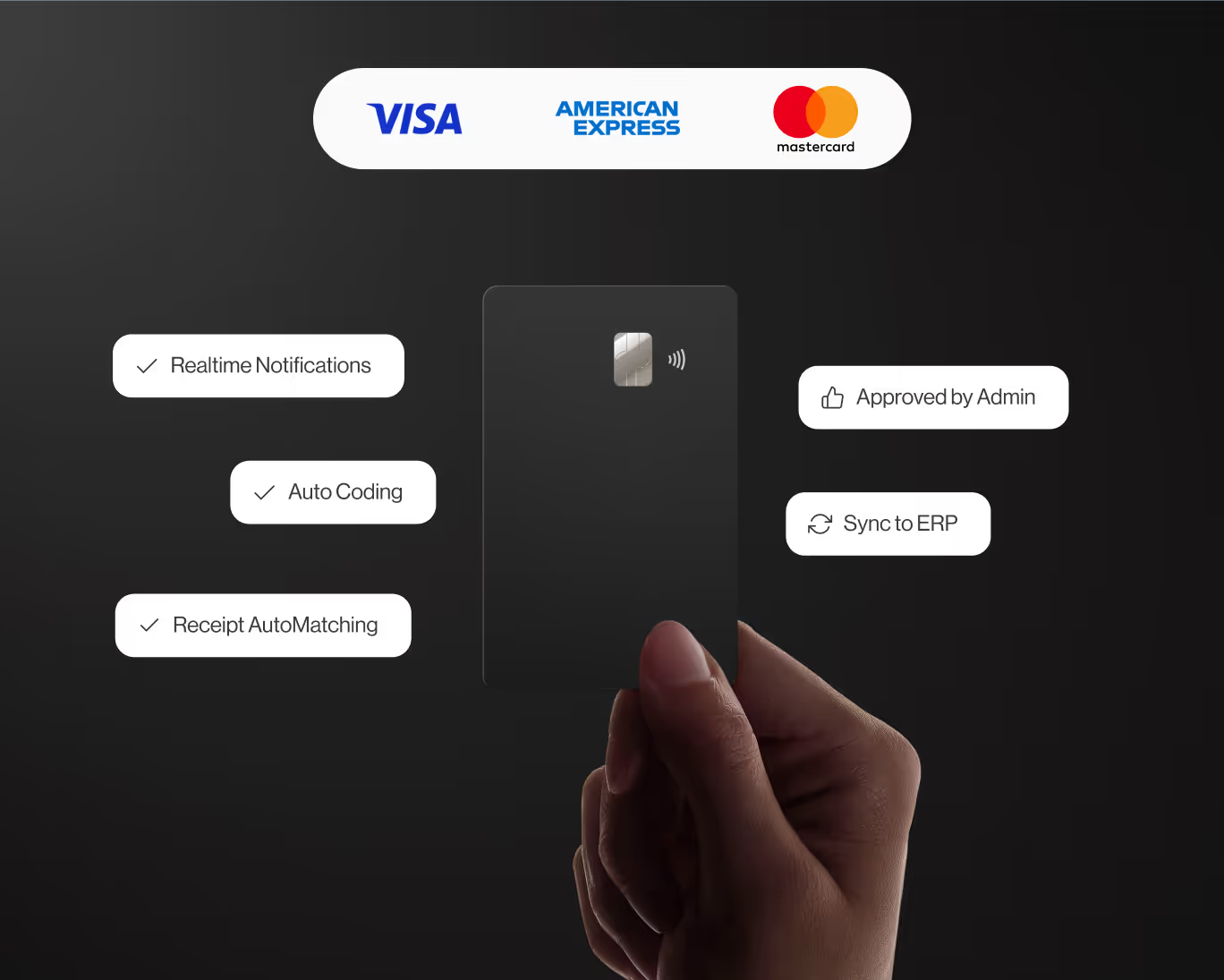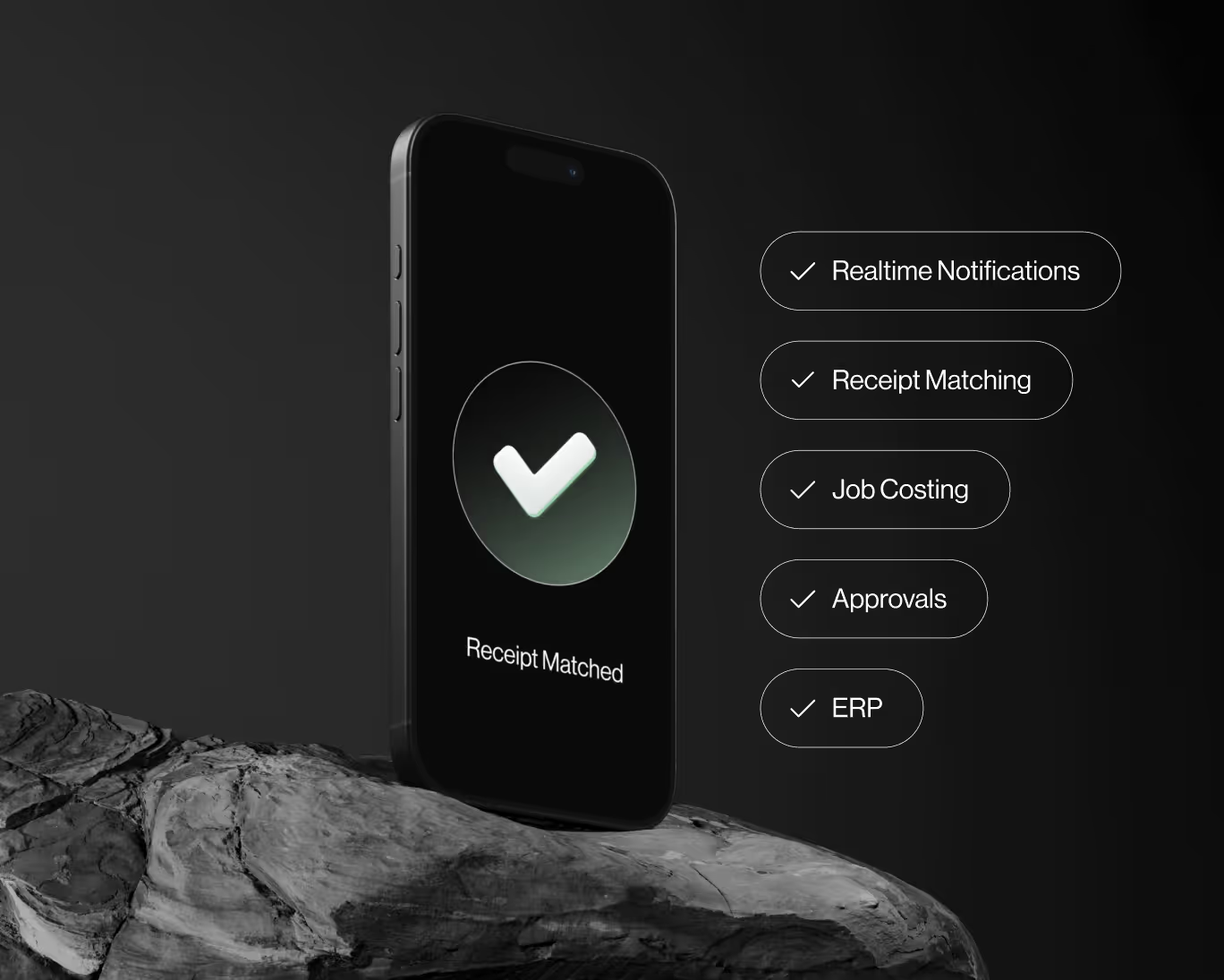Accounts Payable Forecasting in the Construction Industry
In the intricate world of construction, where financial management is paramount to project success, Accounts Payable (AP) forecasting emerges as a crucial tool. It enables construction companies to predict and plan for future payment obligations, ensuring smooth cash flow and fostering positive relationships with suppliers and subcontractors. Let's delve into what accounts payable forecasting means in the context of construction and why it is instrumental for financial stability.
Accounts Payable (AP) represents the money a construction company owes to its suppliers, subcontractors, and vendors for goods and services received. AP forecasting involves estimating future cash outflows related to these payables. In an industry where projects are often subject to variations in costs, timelines, and unforeseen challenges, accurate AP forecasting is vital for effective financial planning.
Construction projects typically involve numerous stakeholders, each providing specific services, materials, or expertise. The success of a project depends on the timely payment of these entities. AP forecasting allows construction companies to anticipate their upcoming payment obligations, providing a clear picture of their financial commitments over a specific period.
One of the primary benefits of AP forecasting in construction is its role in optimizing cash flow. Construction projects are notorious for their fluctuating cash needs, with expenses varying at different stages of a project. AP forecasting helps companies align their cash reserves with upcoming payment obligations, preventing liquidity gaps that could disrupt project timelines and strain relationships with suppliers.
Accurate AP forecasting is especially critical for construction companies engaged in multiple projects simultaneously. Each project may have unique payment schedules, and without proper forecasting, companies risk overcommitting or, conversely, holding excessive cash reserves. AP forecasting provides the necessary insights to allocate resources efficiently and manage cash flow across various projects.
The process of AP forecasting involves analyzing historical payment patterns, understanding the terms of contracts and agreements, and considering external factors that may impact payment schedules. Construction companies can leverage financial software and tools to automate this process, enhancing accuracy and efficiency in forecasting. Regularly updating AP forecasts ensures that companies have real-time visibility into their financial obligations.
One key aspect of effective AP forecasting is negotiation and communication with suppliers and subcontractors. Construction companies can work collaboratively with their partners to establish favorable payment terms that align with the project's cash flow dynamics. Open communication about project timelines and potential changes allows for better planning and reduces the risk of payment disputes.
For construction companies engaged in long-term projects, AP forecasting becomes even more critical. Extended project timelines may lead to prolonged payment cycles, and accurate forecasting helps companies manage ongoing financial commitments. It also allows for strategic negotiation with suppliers to optimize payment terms and maintain positive relationships that can be beneficial for future collaborations.
Despite its advantages, AP forecasting in construction comes with challenges. The industry is susceptible to external factors such as economic downturns, regulatory changes, and unexpected project delays. These uncertainties can impact cash flow projections and make accurate forecasting more challenging. Construction companies must remain agile and be prepared to adjust their forecasts based on changing circumstances.
In conclusion, accounts payable forecasting is a cornerstone of financial management in the construction industry. By providing insights into future payment obligations, it empowers construction companies to optimize cash flow, enhance financial planning, and maintain positive relationships with suppliers and subcontractors. As construction projects become more intricate, the role of AP forecasting becomes increasingly pivotal for ensuring the financial health and success of construction businesses.
In conclusion, accounts payable forecasting is a cornerstone of financial management in the construction industry. By providing insights into future payment obligations, it empowers construction companies to optimize cash flow, enhance financial planning, and maintain positive relationships with suppliers and subcontractors. As construction projects become more intricate, the role of AP forecasting becomes increasingly pivotal for ensuring the financial health and success of construction businesses.










